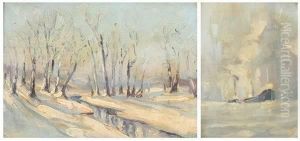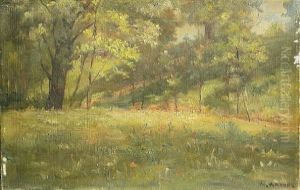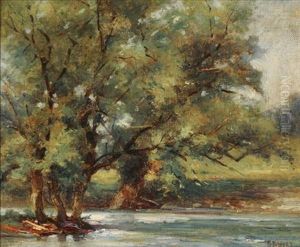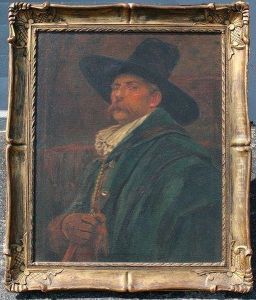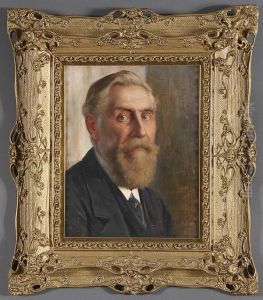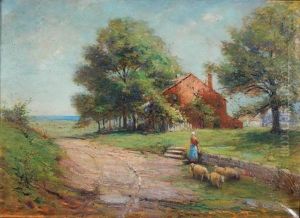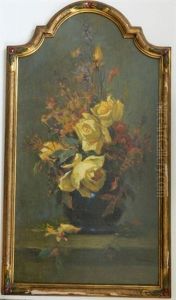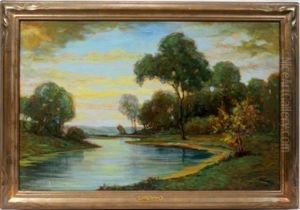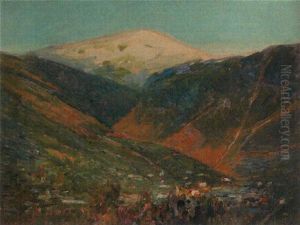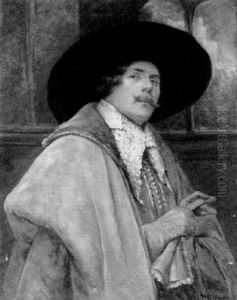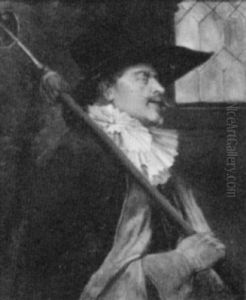Karl Kappes Paintings
Karl Kappes was a German-American artist known for his work in painting and teaching. Born on May 18, 1861, in Essen, Germany, Kappes emigrated to the United States in his youth, settling in the city of Toledo, Ohio. His artistic talents became evident early on, and he pursued his passion for art through education and practice.
In the United States, Kappes became an influential figure in the Toledo art scene. He was a key member of the Toledo Federation of Art Societies and served as the first director of the Toledo Museum of Art School of Design from 1911 until 1919. His role in developing the museum and its school was significant, and under his leadership, the institution grew and fostered the talents of many young artists.
Kappes was primarily known for his portraits and landscapes. His style was rooted in realism, and he had a keen eye for capturing the essence of his subjects. Despite being less well-known than some of his contemporaries, Kappes' work was appreciated for its technical skill and emotional depth. He exhibited his work in various venues, including at the Toledo Museum of Art, and received recognition for his contributions to the local art community.
Throughout his career, Kappes remained dedicated to the education and promotion of the arts. He inspired a generation of artists in the Toledo area and was remembered as a mentor and advocate for the visual arts. Karl Kappes passed away on December 29, 1943, leaving behind a legacy of artistic achievement and educational impact in the Midwest.
While Kappes might not be a household name in the broader history of art, his influence at a regional level, particularly in Ohio, was substantial. His commitment to art education and community engagement set a precedent for the role of local artists in fostering cultural enrichment and artistic growth within their communities.
